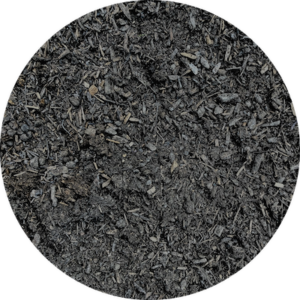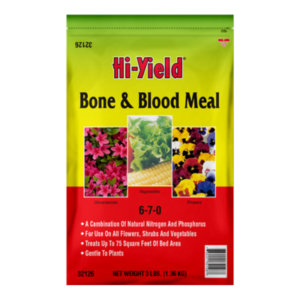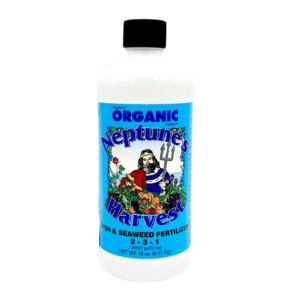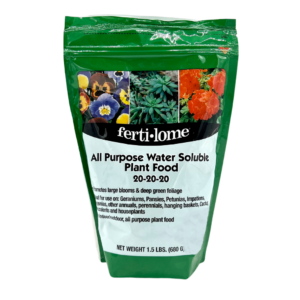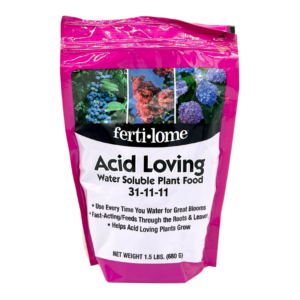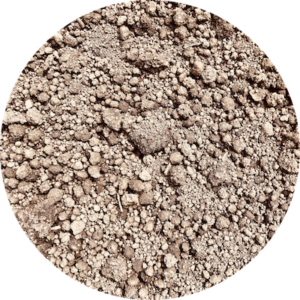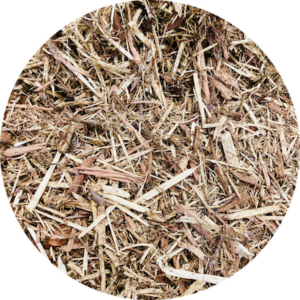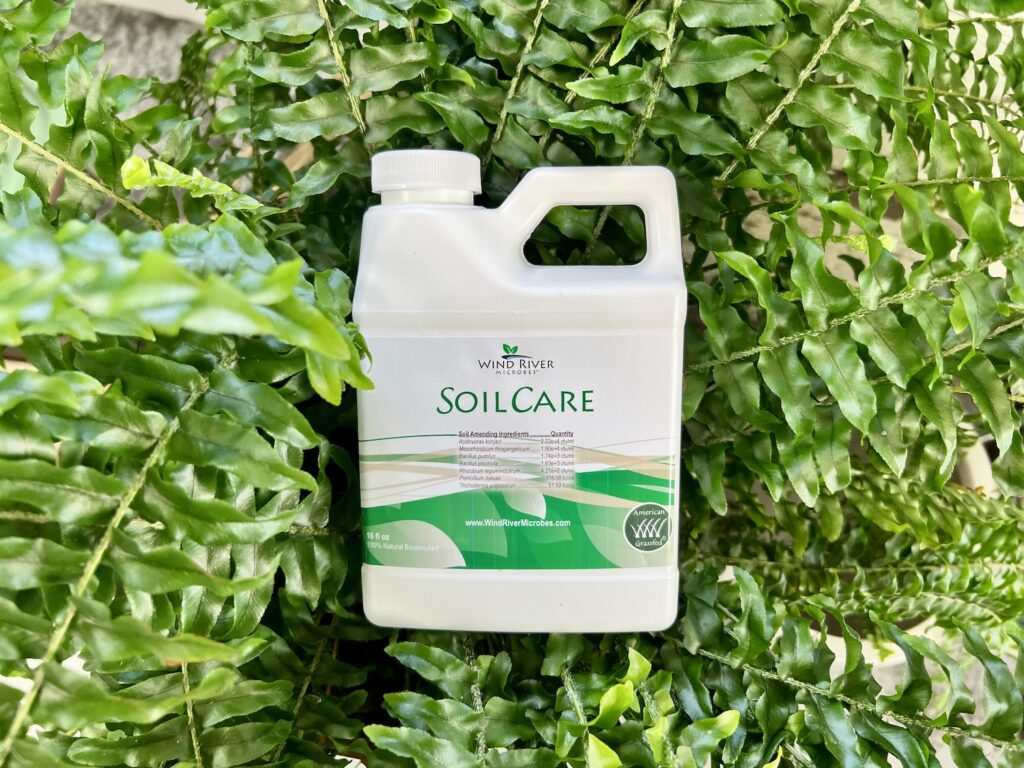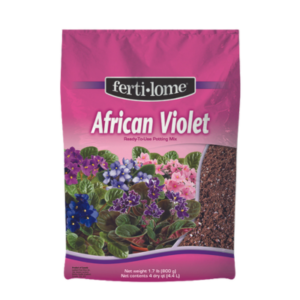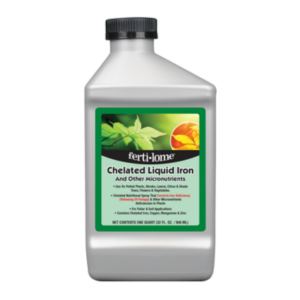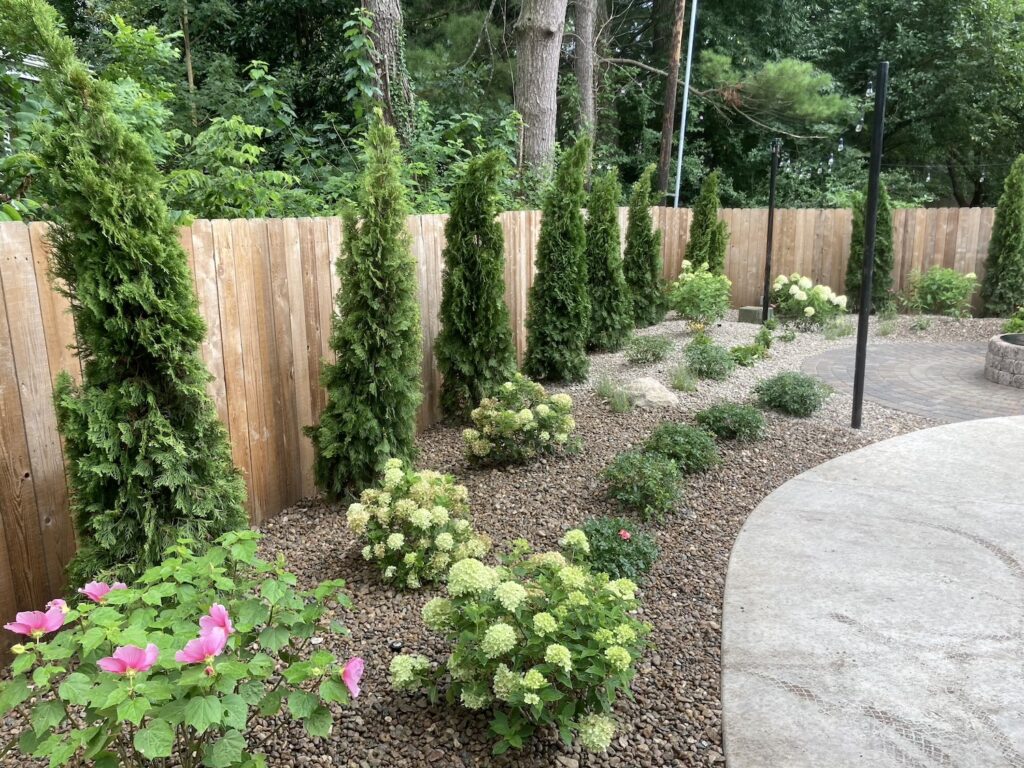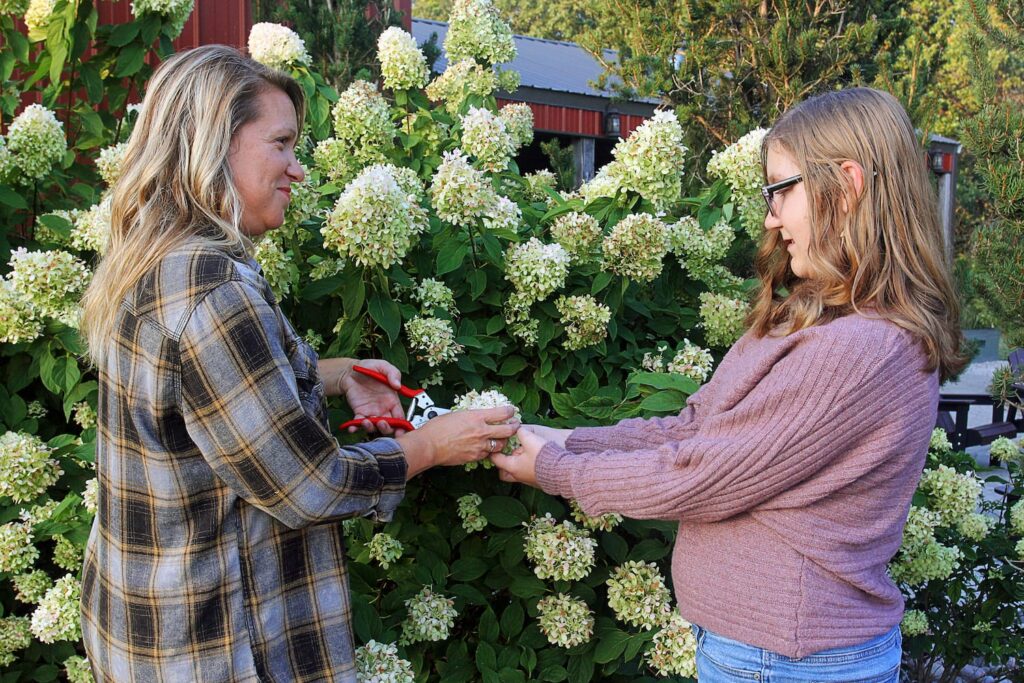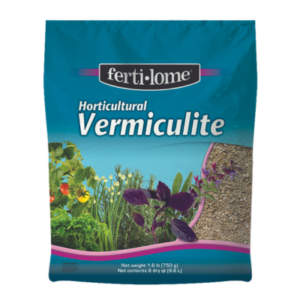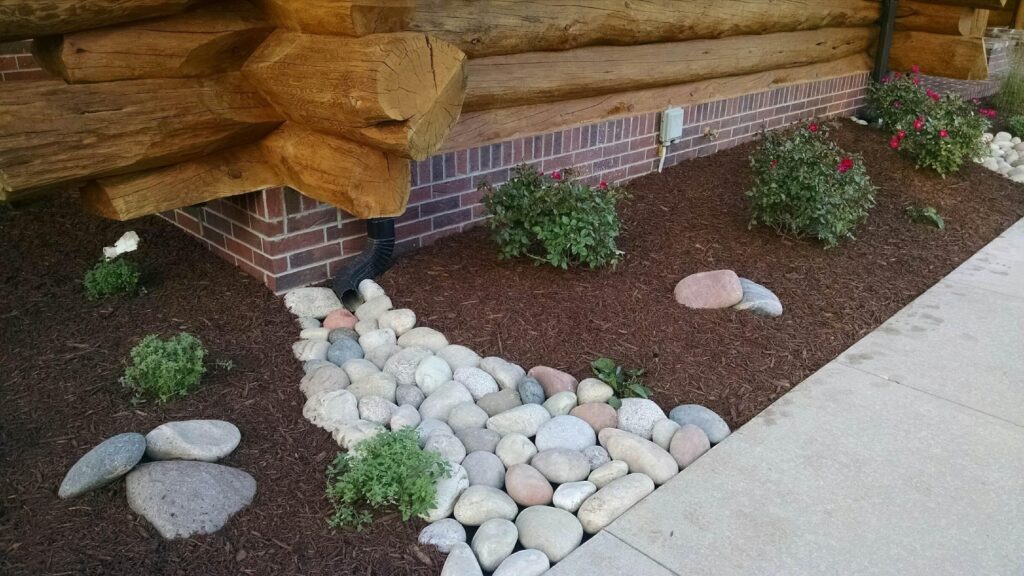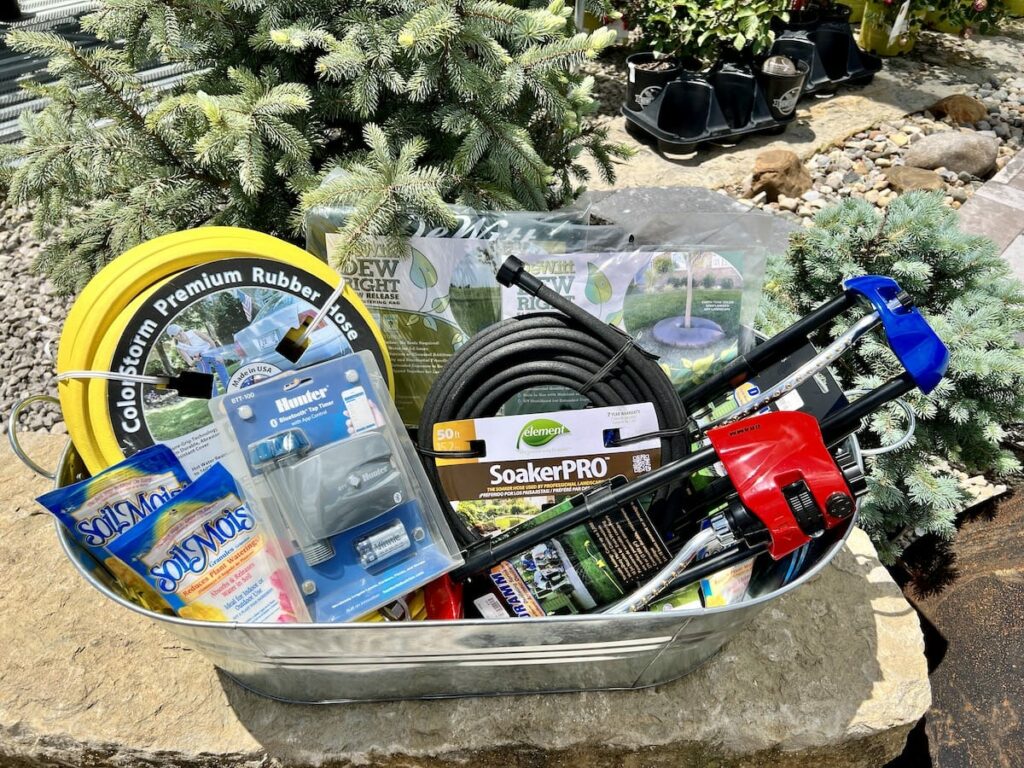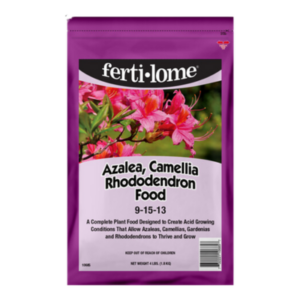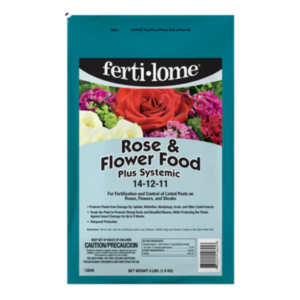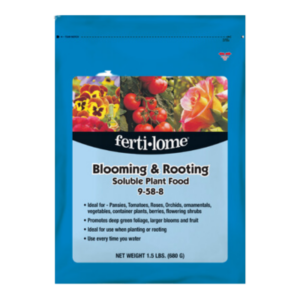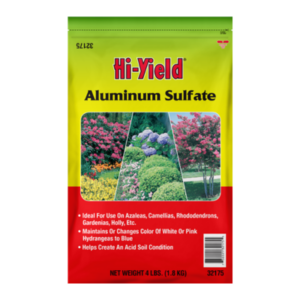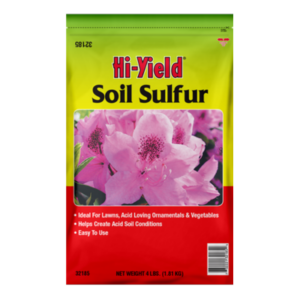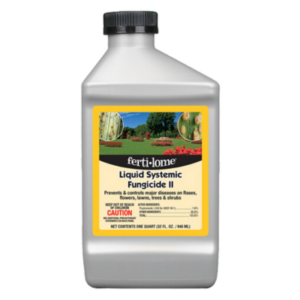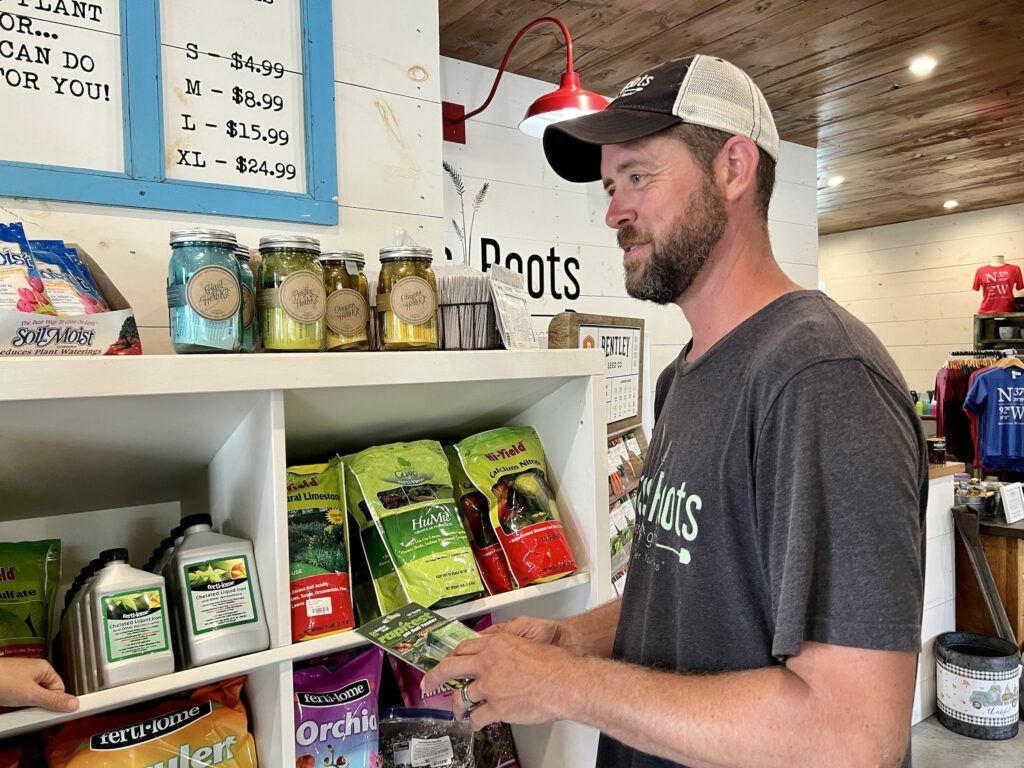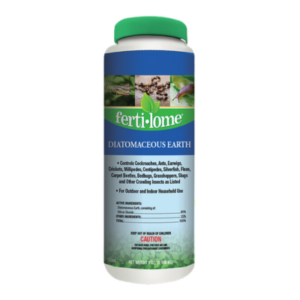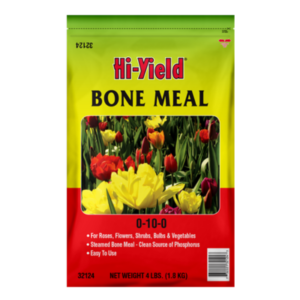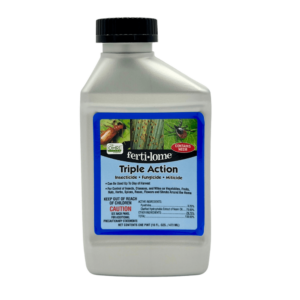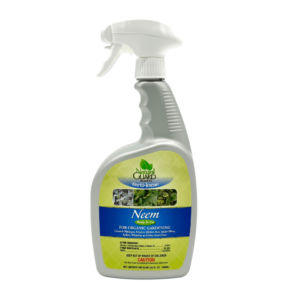FAQ
With 23 years of landscaping experience and a botanist on staff, we field questions daily about plants, landscaping, and the products we carry. Here are the most common questions!
Topics
Compost is an excellent natural fertilizer for vegetable gardens. It provides a wide range of nutrients, improves soil structure, and helps retain moisture. Other options include well-rotted manure, fish & seaweed emulsion, and Bone and Blood Meal.
Learn More
Carrots are usually ready to harvest when their tops are about ¾ inch in diameter. You can gently uncover the top of the carrot to check its size. They typically take 50-80 days to mature, depending on the variety.
Fertilize your trees and shrubs in spring and fall. Annuals and perennials can be fertilized every 3-4 weeks.
Learn More
To improve sandy soil, add organic matter like compost. Compost improves the soil’s ability to retain water and nutrients, making it more suitable for gardening. Regular additions of organic matter will gradually improve the soil’s structure.
Learn More
The best time to water your garden is early in the morning. This allows the water to soak into the soil before the heat of the day can cause it to evaporate. Morning watering also helps the foliage dry quickly, reducing the risk of fungal diseases.
The best way to water tomato plants is to use a soaker hose or drip irrigation to deliver water directly to the roots. This method reduces water waste and prevents diseases by keeping the foliage dry. Water at the base and keep water off the stems and leaves. Also, do not allow soil to splash onto the plant- this can quickly introduce fungus. Use mulch to prevent splashing. Water deeply and regularly, especially during dry spells.
Learn More
Signs of overwatering include yellowing leaves, soft and mushy stems or roots, and a general droopy appearance. If the soil feels soggy or smells musty, it’s likely overwatered.
Beginners should start with low-maintenance plants such as peppers, marigolds, or cherry tomatoes. These plants are forgiving and can thrive with minimal care, making them ideal for those new to gardening.
Absolutely! We can help you select plants that are ideal for rain gardens, which are designed to absorb rainwater runoff. Let us know your goals and our helpful staff will provide plant suggestions. If you want a professionally-designed landscape, our DIY with a Pro package offers the expert help you need…just provide the labor!
Planting bee balm, celosia, salvia, columbine, petunias, and coral bells are all great options for inviting more hummingbirds to your yard. Providing a water source and avoiding long-lasting pesticides will help too.
We offer a variety of drought-tolerant plants, ideal for low-maintenance gardens. These include certain succulents, native grasses, and other hardy perennials.
If you scratch the bark and it’s green underneath and the twigs are still pliable, then there’s a good chance it’s still alive. If not, then it may have died. Make sure the roots have plenty of space with an appropriately sized pot. Repot with a little gravel at the bottom and new potting soil. Strip all the shriveled leaves and lightly water again.
The easiest way to propagate succulents is through leaf cuttings. Gently twist or use sharp pruners to remove a leaf from the stem, dip in rooting hormone, let it callus over for a few days, and then place it on top of soil. It will eventually root and grow a new plant.
Learn More
Most houseplants benefit from fertilization every 4-6 weeks during their active growing season, usually spring and summer. In fall and winter, reduce or stop fertilizing as plants enter a dormant phase. Treating with a probiotic like SoilCare can improve nutrient uptake and aid in using less fertilizer.
Learn More
Shallow planters are ideal for succulents as they have shallow root systems. When you visit, we can help you select the best succulents for your planter.
African violets prefer to be watered from the bottom, and it’s best to use a pot that facilitates this. We also recommend using a specific African violet potting soil for the best results. They also need 8-10 hours of indirect sunlight, as well as 8 hours of dark per day.
Learn More
Leaves can turn yellow due to over-watering, under watering, poor drainage, lack of nutrients or insufficient sunlight. It’s important to ensure that your plants are getting the right amount of water, nutrients, and light. Adding Chelated Liquid Iron is a great option because it contains many other plant nutrients as well to cover your bases.
Learn More
Mulching is one of the best ways to prevent weeds in a garden. Applying a layer of mulch, like straw, wood chips, grass clippings, or leaves, can suppress weed growth, retain soil moisture, and add nutrients to the soil as it decomposes.
Learn More
In general, the best time to prune is in late winter or early spring, just as new growth begins but before leaves appear. This timing helps stimulate healthy new growth. However, shrubs produce blooms either from old wood or new shoots, so it’s extremely important to prune properly for each type of plant.
Learn More
Incorporate Vermiculite and Soil Moist into the soil when planting. Soil Moist consists of polymer granules that never degrade and are non-toxic. They mix with the soil and release water over time.
Clay or terracotta pots are porous and allow moisture to evaporate more quickly than plastic or glazed ceramic pots. Choose glazed or plastic pots if you’re not able to water frequently.
Placing saucers under the pots can help retain excess water and provide a reservoir for plants to draw from during your absence.
Consider moving them to a shadier spot to reduce water loss while you’re away. A few days of shade won’t harm a full sun plant for a short time, just be sure to put it back in the sun to help it thrive when you return.
Learn More
Newly planted trees should be watered regularly until they’re well-established. It’s also important to mulch around the base and protect them from harsh weather conditions in their first year. We have a planting guide here with lots of tips for healthy plants.
Learn More
Yes! Just like you can plant trees and shrubs in the winter, it’s a great time to plant perennials as well. Just be sure to follow watering instructions in our guide.
Learn More
Yes, fall or winter is actually the best time to plant trees. We usually receive a big tree delivery around November, so that’s a great time to plan. Contact us throughout the Summer or in early fall so we can special order specific trees for you. Our landscaping team also offers planting services.
Learn More
Yes, you can plant perennials during the summer. They just need plenty of water to establish well in the heat.
Learn More
Azaleas need a little sun and a little shade, with well-draining acidic soil. When preparing the soil for planting, add some Azalea, Camellia, and Rhododendron Food to give them the nutrients they need to thrive and ward off pests.
Learn More
You can move any plant, just recognize that it may need some encouragement to be as healthy as it was before. Make sure you don’t destroy too many roots when you dig it up, and water it in well for several weeks after transplanting. Using fertilizer like Rose and Flower Food can give the plants the boost they need. If you want a fertilizer that works better with a wide variety of plants, Blooming and Rooting Plant Food will work well too.
Learn More
We bring in hardy Belgian mums that have a later and longer bloom time. It doesn’t make your house any more beautiful if they’re only blooming until you take them home! You can plant these mums in the ground and enjoy their color for years to come.
If you have bigleaf hydrangeas, you can probably control the colors of the flowers! The secret to this color transformation lies in the soil’s pH level. Pink or purple flowers emerge in soils with higher pH levels, which are more alkaline, while blue or white flowers appear in more acidic soils with lower pH levels.
To achieve blue hydrangeas, gardeners can lower the soil pH by adding Garden Sulfur and Aluminum Sulfate, following product instructions carefully. However, patience is key, as it takes several weeks for the soil’s pH to adjust and the hydrangea’s color to change.
Learn More
We get lots of people coming into the store asking why their hydrangeas aren’t blooming. There can be several culprits, but the one we see the most is the pruning schedule!
See, some bloom on old wood, and some bloom on new. Knowing your type of hydrangea will tell you exactly when to prune.
Oakleaf, Bigleaf, Mountain, and Climbing Hydrangeas should ONLY be pruned in August since flowers bloom on old wood. By the time the next summer rolls around, most of the branches will be old wood and ready to flower!
Panicle hydrangeas, such as Limelight, Anabelle, and Quickfire, bloom on newer growth, so it’s best to prune them in late winter or early spring.
Our grower, Proven Winners, has a handy chart that may help you as well.
Don’t know what kind you bought? Call the store and we can look it up for you.
Insufficient Light: Many flowering plants require a specific amount of light to bloom. If a plant is not receiving enough sunlight (or, conversely, is getting too much), it may fail to produce flowers.
Improper Pruning: Pruning at the wrong time of year can remove buds that would have developed into flowers. Some plants bloom on new growth, while others bloom on last year’s growth, so knowing when to prune is crucial.
Nutrient Imbalance: Over-fertilization, especially with high nitrogen fertilizers, can encourage leafy growth at the expense of flowers. Conversely, a lack of essential nutrients like phosphorus can also hinder blooming. Our Gardener’s Special Fertilizer is a good all-around fertilizer to try.
Age of the Plant: Some perennials and shrubs need to reach a certain maturity before they start blooming. Young plants, or recently transplanted ones, might not bloom until they are fully established.
Water Stress: Both overwatering and underwatering can stress plants, leading to poor flowering. Consistent, appropriate watering is essential for healthy blooms.
Weather Conditions: Unusual weather patterns, like a late frost, extended periods of cool weather, or extreme heat, can affect blooming. Some plants are sensitive to temperature changes and may not bloom if the conditions aren’t right.
Pest or Disease Issues: Infestations or diseases can weaken a plant, diverting energy away from flowering. Common culprits include aphids, spider mites, and fungal infections. See our resources for identifying pests here.
Soil Conditions: Soil that is too compacted, poorly drained, or not suited to the plant’s pH preference can affect its ability to bloom. Good soil health is critical for flowering. Google the plant and its desired soil, then check out our Plant Product page to find the soil additive you need.
Lack of Rest Period: Some plants require a period of dormancy, often in the form of a cold spell, to bloom successfully. Without this period of rest, they may not flower as expected.
Transplant Shock: Moving a plant can sometimes disturb its roots and growth cycle, causing it to skip blooming for a season as it recovers. Try the Blooming and Rooting Fertilizer to help roots recover.
Competition from Nearby Plants: If a perennial or shrub is crowded by other plants, it might not have access to the necessary nutrients, water, or light it needs to bloom.
Learn More
If your plants are affected by a fungus, we recommend pruning off all the affected leaves. We also offer fungicide products that can be used for treatment. It’s important to remove the affected parts to prevent the spread of the fungus and to use the fungicide as directed for the best results.
Learn More
To protect your garden from pests naturally, you can use methods like companion planting, which involves growing certain plants together to repel pests. Also, encouraging beneficial insects like ladybugs and lacewings, which prey on pests, is effective. Insecticidal soaps and diatomaceous earth are other natural options. See our full article on Integrated Pest Management for more tips.
Learn More
To keep squirrels from eating your bulbs, try sprinkling crushed chili peppers, powdered sulfur, or bone meal around your bulbs. You can also lay chicken wire over the bulbs when you plant them. This prevents squirrels from digging them up.
Learn More
Whether you’re battling aphids, scale, or Japanese beetles, treating the whole tree systemically will be the best mode of action. Apply Tree and Shrub Drench to the soil at the base of the tree so the roots can uptake the pesticide and spread it to the rest of the tree- including leaves.
Learn More
There are a couple of options to try:
- Wash the plants with soapy water.
- First use a heavy stream of water to knock the aphids off, then apply one of the following products to the ground where the bugs fell.
- Use Horticultural Oil, Neem, or Triple Action directly on the plant. Spray 2 applications 7-10 days apart.
Learn More
Dave recommends mixing Spinosad Soap and Triple Action together, then heavily spraying the bugs, your plants, and the ground all around the base of the plant. These beetles are toxic to livestock and humans if ingested so you want to get rid of them as quickly as possible.
Learn More
We can deliver most in-stock items within a week. Delivery prices vary widely depending on how far away from the store you are and if heavy equipment is needed to offload the products.
Our small gift delivery charge is $10 within 15 miles.
For landscape items that require a trailer or dump truck, we charge $85 for delivery within 15 miles of the store. Add $6 for each additional mile.
If you do not have the equipment to offload pallets or heavy materials, we can bring unloading equipment for $200, within 15 miles.
We offer a 20% discount for wholesale accounts, and other handy perks like having your order ready-to-load when you pull in. See everything we offer our contractors on our Contractor page. We’re proud to serve the Marshfield, MO area with landscape supplies!
We inspect every plant when we receive it to ensure it’s in good condition and you are receiving a quality product. We do not offer a warranty on plant material as it is a living breathing organism that is susceptible to many outside forces we cannot control. Give us a call if you see a plant struggling and we’ll be glad to offer tips.

